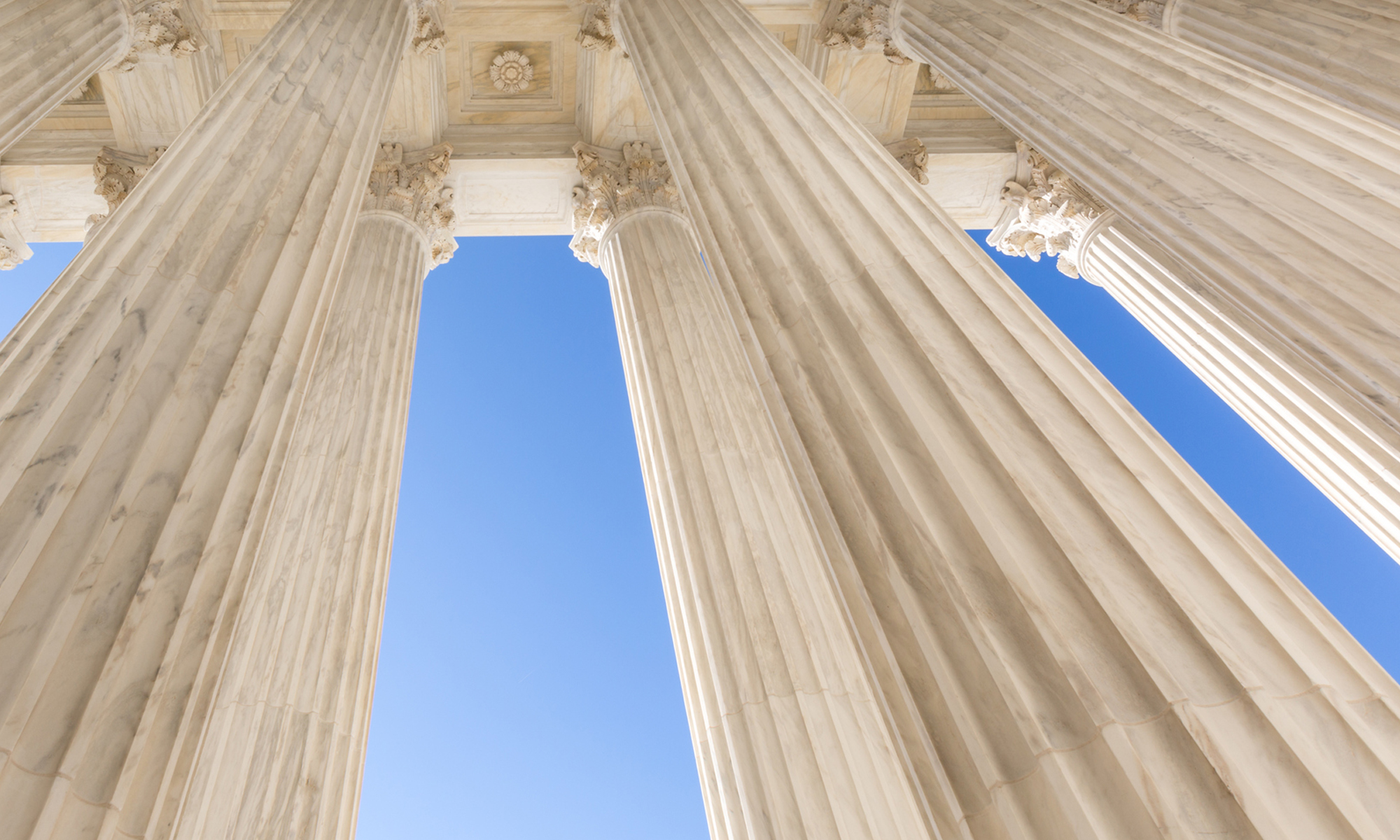The Supreme Court issued its first opinion of the October 2017 sitting, Hamer v. Neighborhood Housing Services of Chicago, No. 16-658, 2017 WL 5160782 (Nov. 8, 2017), early last month. We previously previewed this case when the Supreme Court first granted a writ of certiorari.[1] As expected, the Supreme Court clarified an important issue regarding time limits for filing notices of appeal in civil cases. Specifically, the Supreme Court held that district courts are allowed to extend the time for filing a notice of appeal beyond the thirty-day limit prescribed in the Federal Rules of Appellate Procedure because the deadline is only set by court rule, not statute, and thus is not jurisdictional.
The Supreme Court used Hamer to resolve a circuit split over whether Federal Rule of Appellate Procedure 4(a)(5)(C) is jurisdictional or whether it is a mandatory claim-processing rule. Jurisdictional time limits “deprive[] a court of adjudicatory authority over the case, necessitating dismissal—a ‘drastic’ result.” Hamer, slip op. at 2 (citing Henderson v. Shinseki, 562 U.S. 428, 435 (2011)). These time limits are “not subject to waiver or forfeiture and may be raised at any time in the court of first instance and on direct appeal.” Id. at 2-3 (footnote omitted) (citing Kontrick v. Ryan, 540 U.S. 443, 455 (2004)). Indeed, courts are independently obligated to consider jurisdictional timeliness rules, even when not raised by either party. Id. at 3 (citing Shinseki, 562 U.S. at 434). Mandatory claim-processing rules, by contrast, can be waived or forfeited if a party fails to object to an untimely filing. Id. However, “[i]f properly invoked, mandatory claim-processing rules must be enforced.” Id. (citing Manrique v. United States, 137 S. Ct. 1266, 1271-72 (2017)). Continue reading “District Courts Can Extend Time to File Notices of Appeal Beyond Time Allowed in the Federal Rules”
